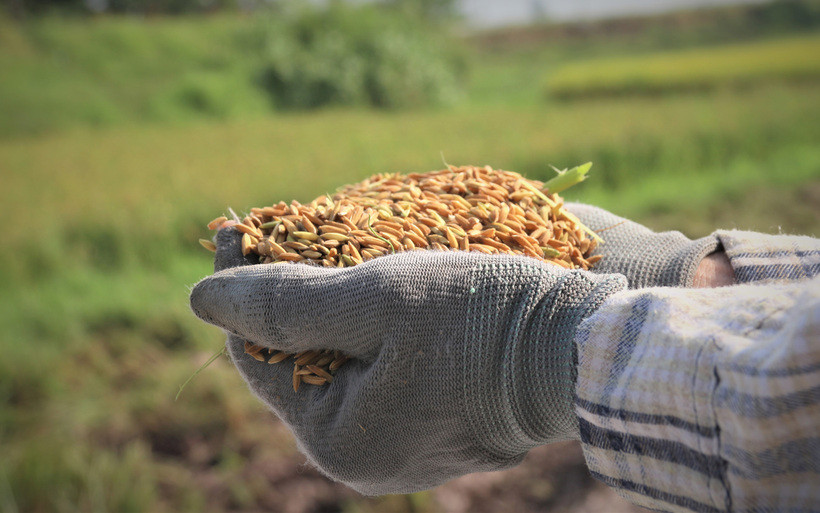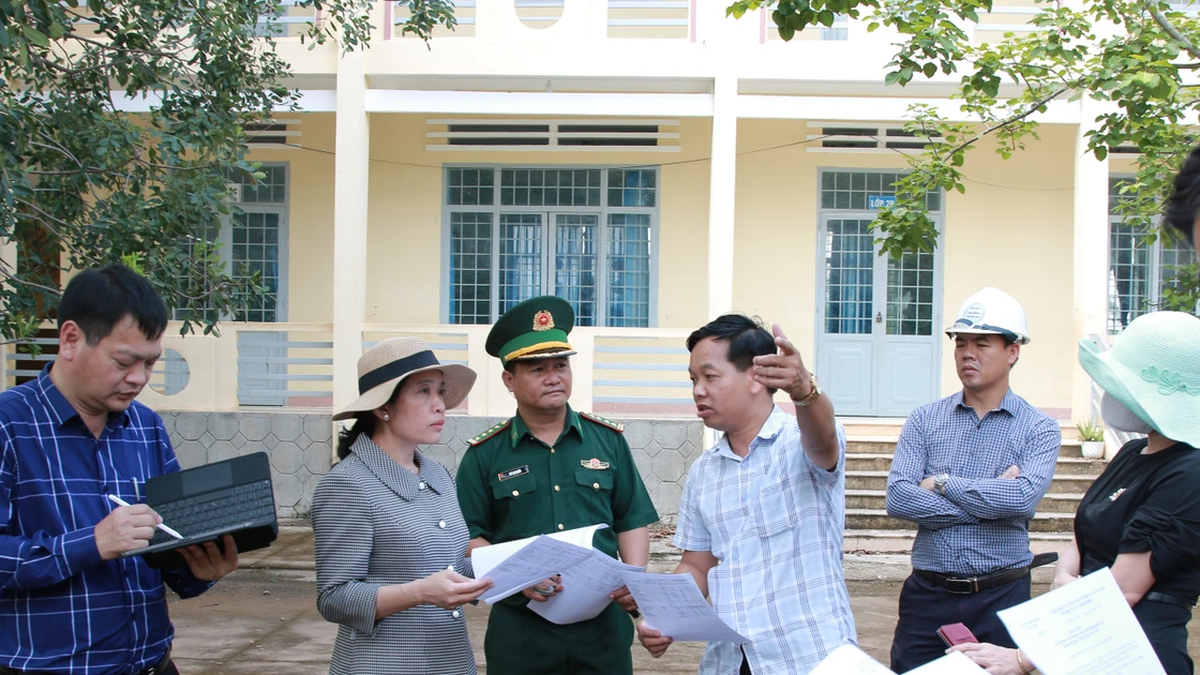Market diversification, opportunity to expand market share
According to the latest updated data from the Vietnam Food Association, the export price of 5% broken rice from Vietnam is currently at 388 USD/ton, 10 USD/ton higher than that of 5% rice exported from India but 10 USD/ton lower than that of Thai rice. For 25% broken rice, the export price of Vietnamese rice is currently at 362 USD/ton, 18 USD/ton lower than that of Thai rice and 5 USD/ton lower than that of Indian rice.

According to data from the Ministry of Agriculture and Environment , despite a decrease of 18.7%, the average export price of rice in the first 5 months of 2025 in Vietnam still reached 516.4 USD/ton.
Explaining the difference between the export rice price announced by the Vietnam Food Association and the rice price announced by the Ministry of Agriculture and Environment, talking to reporters of the Industry and Trade Newspaper about this, Mr. Nguyen Van Thanh, Director of Phuoc Thanh IV Production and Trading Company Limited (Vinh Long province) said that the export rice price announced by the Ministry of Agriculture and Environment is the price added from high-quality rice and regular rice, while the rice price announced by the Vietnam Food Association is for regular rice. “For example, ST25 rice exported to the EU market can cost up to 1,200 USD/ton,” Mr. Thanh cited.
According to the report of the Ministry of Agriculture and Environment, the volume and value rice export In the first 5 months of 2025, it will reach 4.5 million tons and 2.34 billion USD, up 12.2% in volume but down 8.9% in value compared to the same period in 2024. The Philippines is Vietnam's largest rice consuming market with a market share of 41.4%. Ivory Coast and China are the next two largest markets with market shares of 11.9% and 10.3%, respectively.
In the context of the complicated global rice trade situation, Mr. Nguyen Van Thanh said that, along with traditional markets, niche markets are opening up more opportunities for Vietnamese rice. Specifically, with about 7 million people of Asian origin, Canada is one of the potential rice consumption markets. Currently, Vietnam's rice exports to this market account for less than 2% of the market share, so there is still a lot of market space for the Vietnamese rice industry.
Along with Canada, 90% of Singapore's food is currently imported from abroad. Regarding rice, Vietnam is currently the third largest rice supplier to Singapore, after India and Thailand. Vietnam's rice export turnover to Singapore has grown steadily over the years. This shows that Vietnam's rice supply potential and quality meet Singapore's demand and strict standards.
Vietnamese rice maintains competitive momentum with Thai rice
Global rice trade is estimated to hit a record high as India’s exports to African countries continue to recover, according to the US Department of Agriculture’s (USDA) May regular report. India could increase its rice exports by 1 million tonnes in 2025 to 25 million tonnes.
USDA also forecasts that Vietnam’s rice exports in 2025 will reach about 7.9 million tons, ranking second in the world after India. Meanwhile, Thailand’s rice exports are forecast to fall to 7 million tons, a record low in recent years.
Thailand is currently the biggest competitor of Vietnamese rice in the world market. However, according to experts, Vietnamese rice is competitive compared to Thai rice
The reason is that in the world's largest consumer market, the Philippines, Thai rice is gradually losing its competitiveness compared to Vietnamese rice due to high prices. Meanwhile, Indonesia - the market that accounts for the largest export output of Thailand - has sharply reduced rice imports in 2025. Tight inventories have pushed prices higher and the stronger baht has also caused export rice price Thailand's become more expensive for international buyers.
Talking to reporters of the Industry and Trade Newspaper, agricultural expert Hoang Trong Thuy commented that recently, the rice industry has shifted a lot in export activities, with the orientation of focusing on fragrant rice products, high-quality rice, gradually reducing low-grade rice, investing in cleaner production..., which has helped increase the value of rice grains.
“Currently, high-quality rice accounts for 60-70% of total rice exports; branded premium rice accounts for about 15%; the rest is regular rice. Thanks to that, Vietnam's premium rice segment is less directly competitive with other exporting countries,” Mr. Hoang Trong Thuy said.
Source: https://baoquangninh.vn/xuat-khau-gao-giu-da-canh-tranh-voi-thai-lan-3362840.html


































































































Comment (0)